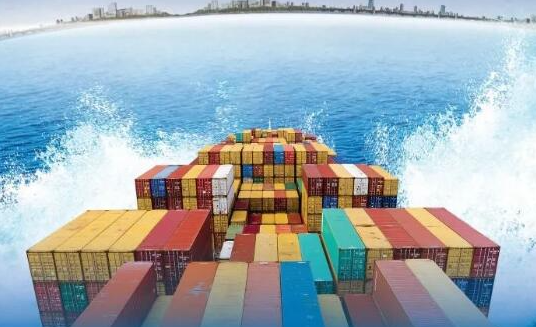The shortage of empty containers in the Asian market is becoming more and more serious
With the ongoing impact of the Red Sea crisis, Asian supply chains are facing increasing challenges. The latest developments reveal that Asia may be facing a shortage of containers, adding fuel to an already complex situation. In fact, this is already happening in China, with carriers restricting the release of empty containers to VIP customers, or restricting spot booking.
At present, the crisis in the Red Sea seems difficult to be effectively resolved in the short term, and the situation of ships having to circumnavigate the Cape of Good Hope may become the norm. This has led to a reduction in effective shipping capacity of 1.45 million to 1.7 million TEUs, or about 5.1% to 6% of total global capacity, according to forecasts by industry analyst Sea-Intelligence.
This phenomenon has had a significant impact on the supply chain, with extended shipping schedules, frequent ship delays and restricted empty container flow becoming prominent issues. It is particularly worth noting that as the peak shipment period before the Chinese New Year approaches, the demand for empty boxes in the Asian market will further increase.
This set of knock-on effects poses significant challenges to the supply chain in Asia, and stakeholders need to closely monitor market dynamics and take countermeasures to mitigate potential impacts. It is reported that in order to cope with the impact of the Red Sea crisis, some liner companies have decided to try to transfer more containers from Europe and the United States back to Asia in the next voyage.
According to analyst Vespucci Maritime, about 390,000TEU containers have recently been shipped back to the Far East every week from Europe and the East Coast of the United States, either fully loaded or empty. This means that in the four weeks leading up to the Chinese New Year, 780,000TEU less containers will arrive at Asian ports than usual. Lars Jensen of Vespucci Maritime believes that the empty container shortage in Asia will have a significant impact on the supply chain, which is bigger than the impact on ship capacity. A freight forwarder said: "If there is a shortage of empty boxes, we can only deal with it on a first-come, first-served basis."
At present, liner companies have placed orders to the container factory, and the container factory's orders have been scheduled until March 2024. This situation indicates that the shortage of empty boxes in the supply chain is likely to persist for some time to come.
According to the latest analysis by Sea-Intelligence, routes from Asia to Northern Europe have been particularly affected. As some flights departing from Asia were delayed in the short term and needed to be rerouted, others arrived in Asia significantly late, resulting in a rapid reduction in capacity in the weeks of mid-January. A sharp drop in capacity is expected for the week of January 22.



